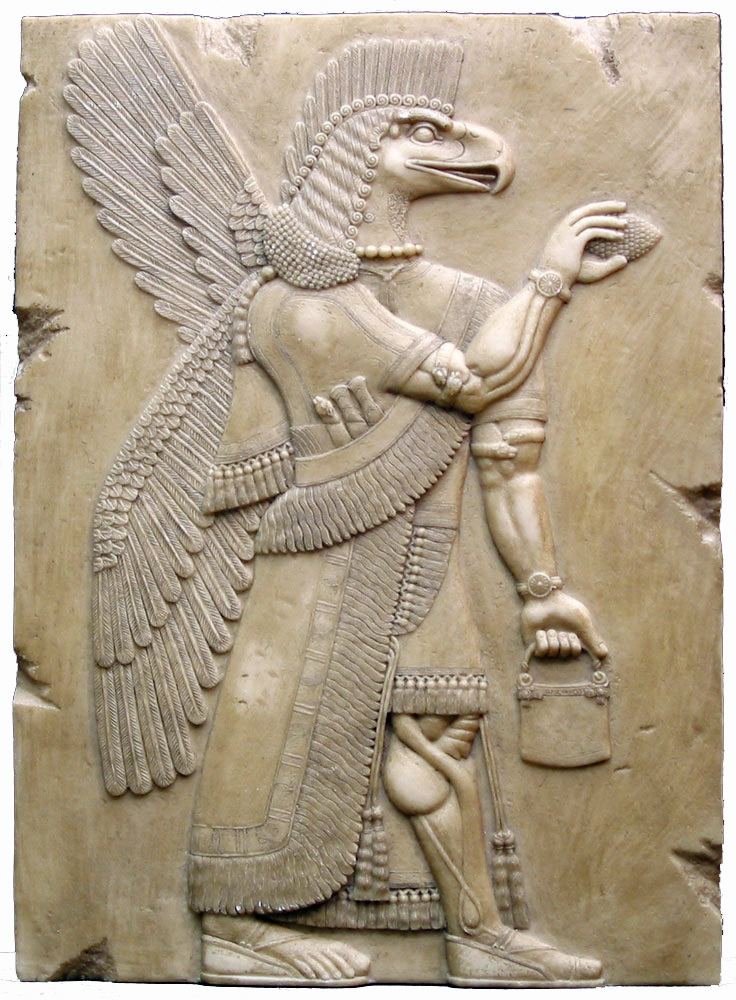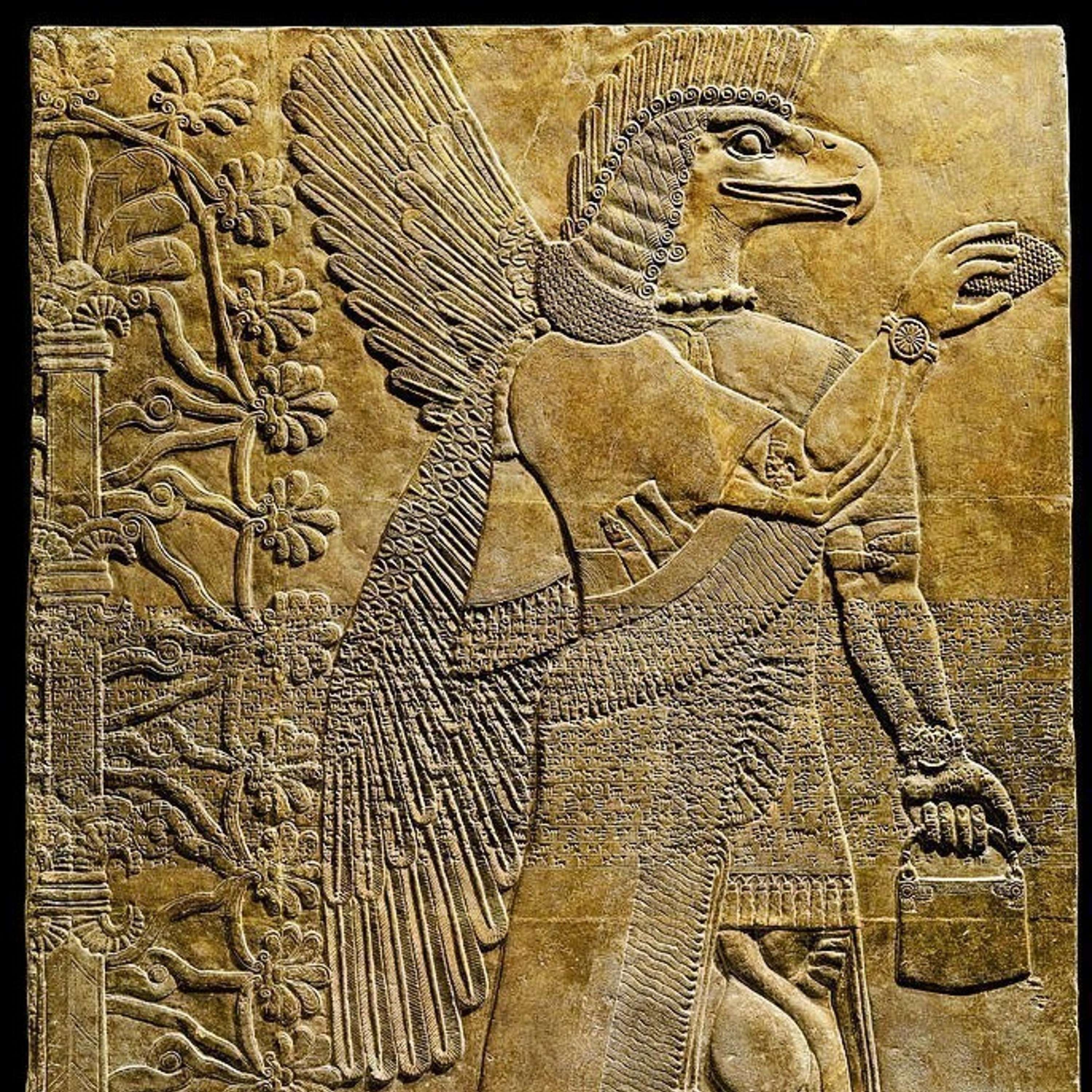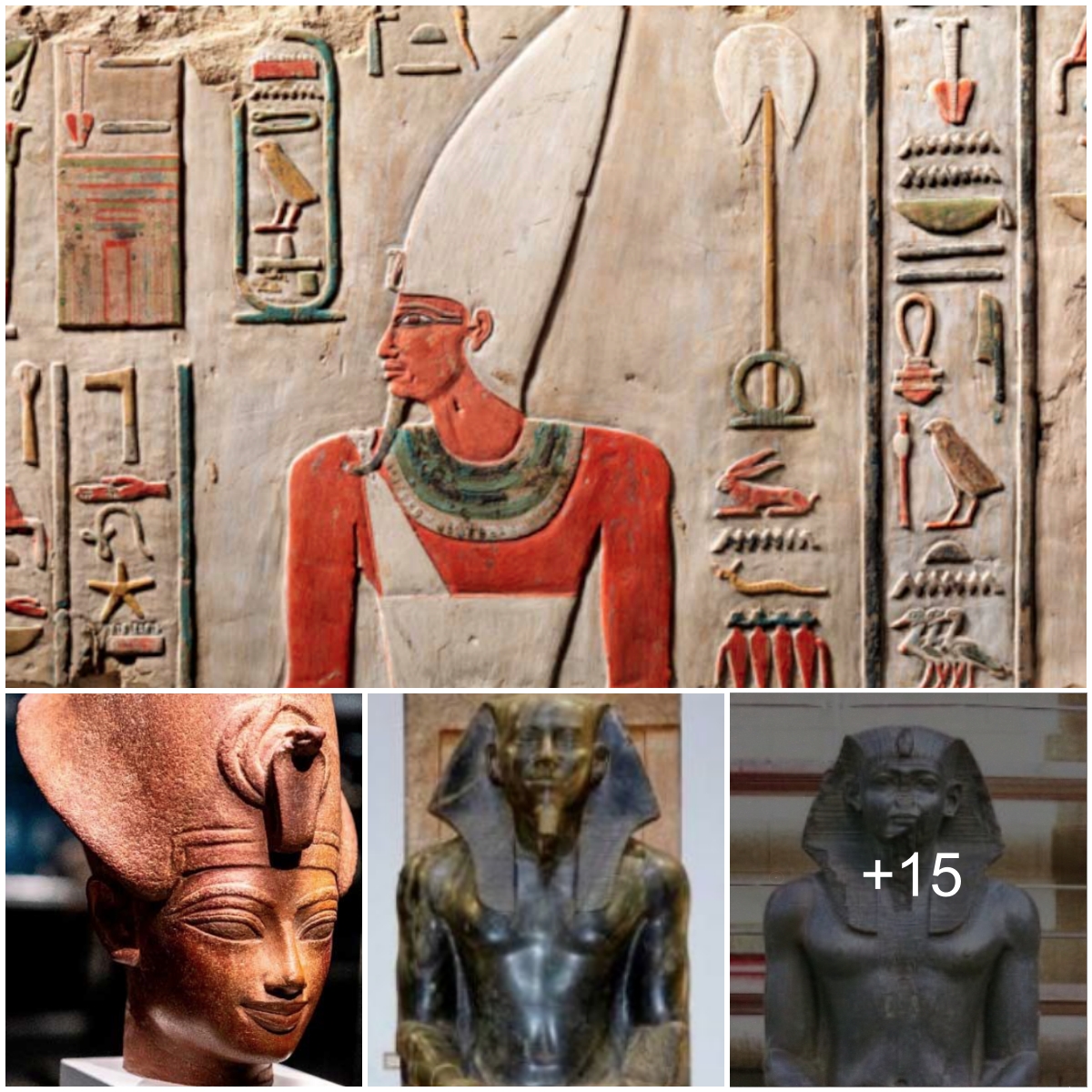Ancient Mesopotamian Enigma: The Anunnaki’s Cryptic ‘Bag’
Carved stone images, statues, and bas-reliefs from Mesopotamia, often hailed as the birthplace of modern civilization, unveil a perplexing ‘bag’ that has intrigued minds for centuries. Despite this enduring fascination, the precise purpose of this artifact remains elusive.
The Sumerians, one of humanity’s oldest civilizations, emerged around 4000 B.C. in Mesopotamia, pioneering the development of the cuneiform writing system and making strides in astronomy, mathematics, and architecture. Their societal structure revolved around city-states, each governed by its own king and set of laws.
Intriguingly, Sumerian mythology weaves captivating tales of divine figures governing each city-state.
Enter the Anunnaki, a race of gods descending from the heavens to Earth, as per ancient Sumerian legends, to establish their dominion over humanity.
The Anunnaki, central to the cosmos’ creation and order, were depicted as anthropomorphic beings with divine attributes, wielding the power to shape the destinies of civilizations and individuals.
In sculptures and bas-reliefs from Babylon and Sumeria, crafted over 6,000 years ago, the Anunnaki bear enigmatic items, including a bracelet reminiscent of a modern ‘wristwatch.’ Notably, there’s the enigmatic ‘bag of the gods,’ an ancient artifact whose function and significance have perplexed experts for centuries.

The Enigmatic Bag of the Anunnaki Deities
The bag frequently carried by the Anunnaki is elucidated in ancient Sumerian tablets as an object harboring the “decisions” and “destinies” of humanity. Termed “Kīsib Nurušu” in Sumerian, translating to the “bag of light,” it was believed that the Anunnaki stored crystals in this bag to manipulate Earthly events and steer the fates of individuals based on their own decisions.
Various narratives propose that the bag possessed the ability to bestow wisdom and knowledge upon those granted access to it. Alternately, it was purported to function as a vessel for valuable items and even supernatural powers. Some interpretations suggest these bags held the power to ensure fertility and abundance, playing a crucial role in human survival and civilization’s flourishing.
Nevertheless, consensus is lacking; the precise depiction of the bag and its purpose varies across sources and interpretations.
Bag of the Gods: A Object of Strife
According to the Ancient Astronaut Theory, this bag constituted an advanced, encoded quantum, or electronic device. Allegedly containing information essential for constructing an entire civilization, its significance prompted epic battles among the Anunnaki gods as they fiercely vied for control.

For proponents of this theory, the Sumerian poem “Enki and the World Order” recounts the background of a noteworthy incident. It stemmed from the goddess Inanna’s aspiration to elevate her domain to the level of sophistication seen in the rival Sumerian city-states governed by other Anunnaki gods, whom Zechariah Sitchin identifies as ancient astronauts from the planet Nibiru.
Inanna, also recognized as Ishtar, engages with the god Enki. Following a night together, she rises and takes possession of the artifact. Upon Enki’s awakening the next morning, he demands its return. Confronted with Inanna’s refusal, Enki’s son, Marduk, initiates a military campaign to retrieve the precious object. This event triggers significant repercussions for humanity, ultimately leading to the rise of Babylon.
Could They Have Contained a Database?
An alternative theory posits that the artifact might have served as a database. This could potentially elucidate certain innovations of Sumerian civilization, encompassing concepts such as time, writing, law, and engineering.
It’s plausible that this knowledge pre-existed on other planets, including the Anunnaki’s home planet, Nibiru, and was transported and implemented on Earth.

More Perspectives
Given that a significant portion of Sumerian mythology has reached us through mostly fragmented texts, the precise details surrounding the Anunnaki gods’ bag remain shrouded in uncertainty. Scholars specializing in Sumerian history and mythology have put forth theories regarding its potential meanings and functions, yet none of these interpretations have garnered widespread agreement.
Certain researchers propose that the bag might serve as a metaphor for divine influence over human life and global events. Others suggest it could represent a symbol employed in Sumerian religious rituals. A more symbolic interpretation implies that it could be a vessel carrying water to ‘nourish the tree of life.’

Nevertheless, the precise nature of the Anunnaki gods’ bag remains elusive, with Sumerian texts only describing it as “splendid” without offering a definitive explanation.
As archaeologists and historians persist in unearthing fresh findings and deciphering ancient texts, there remains hope that a more comprehensive comprehension of the enigmatic and captivating ‘bag’ will emerge in the future.





